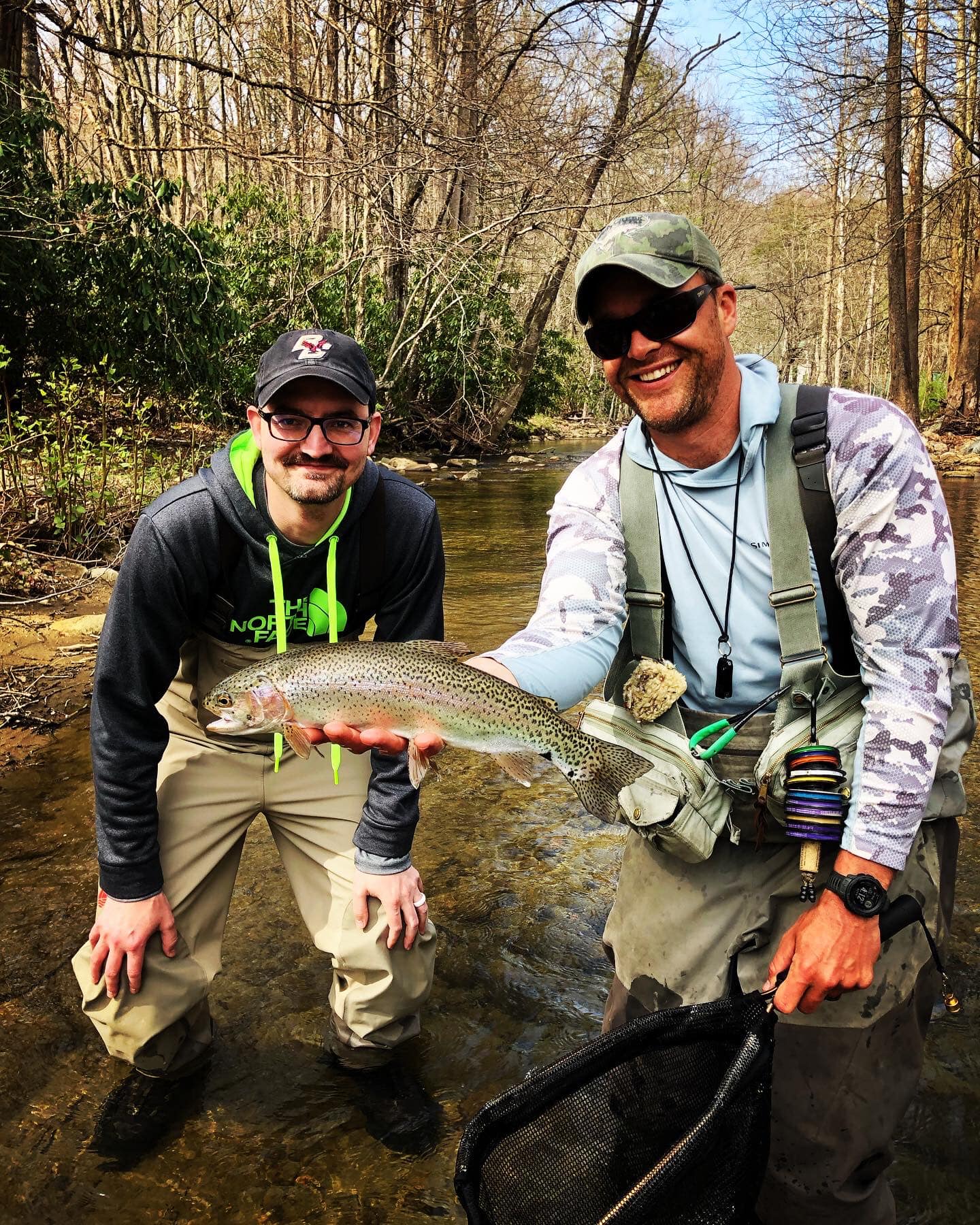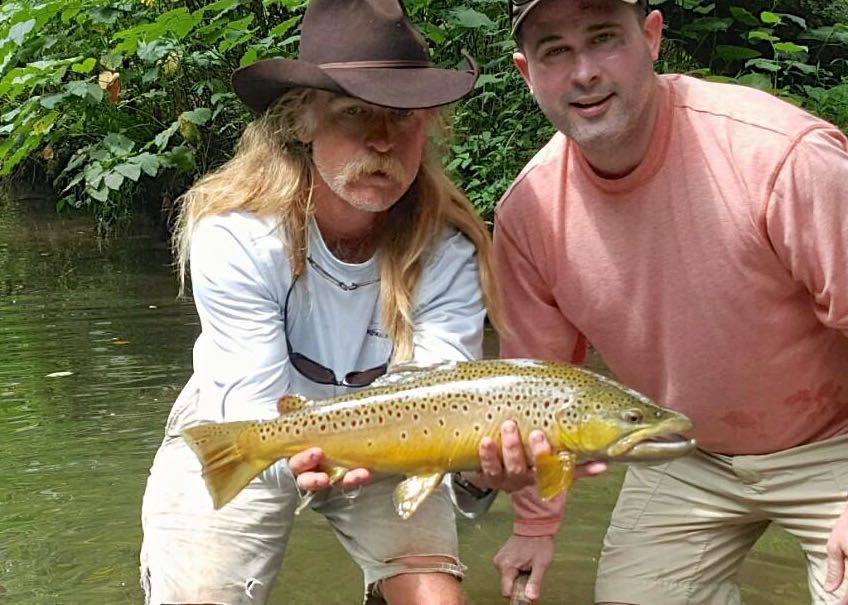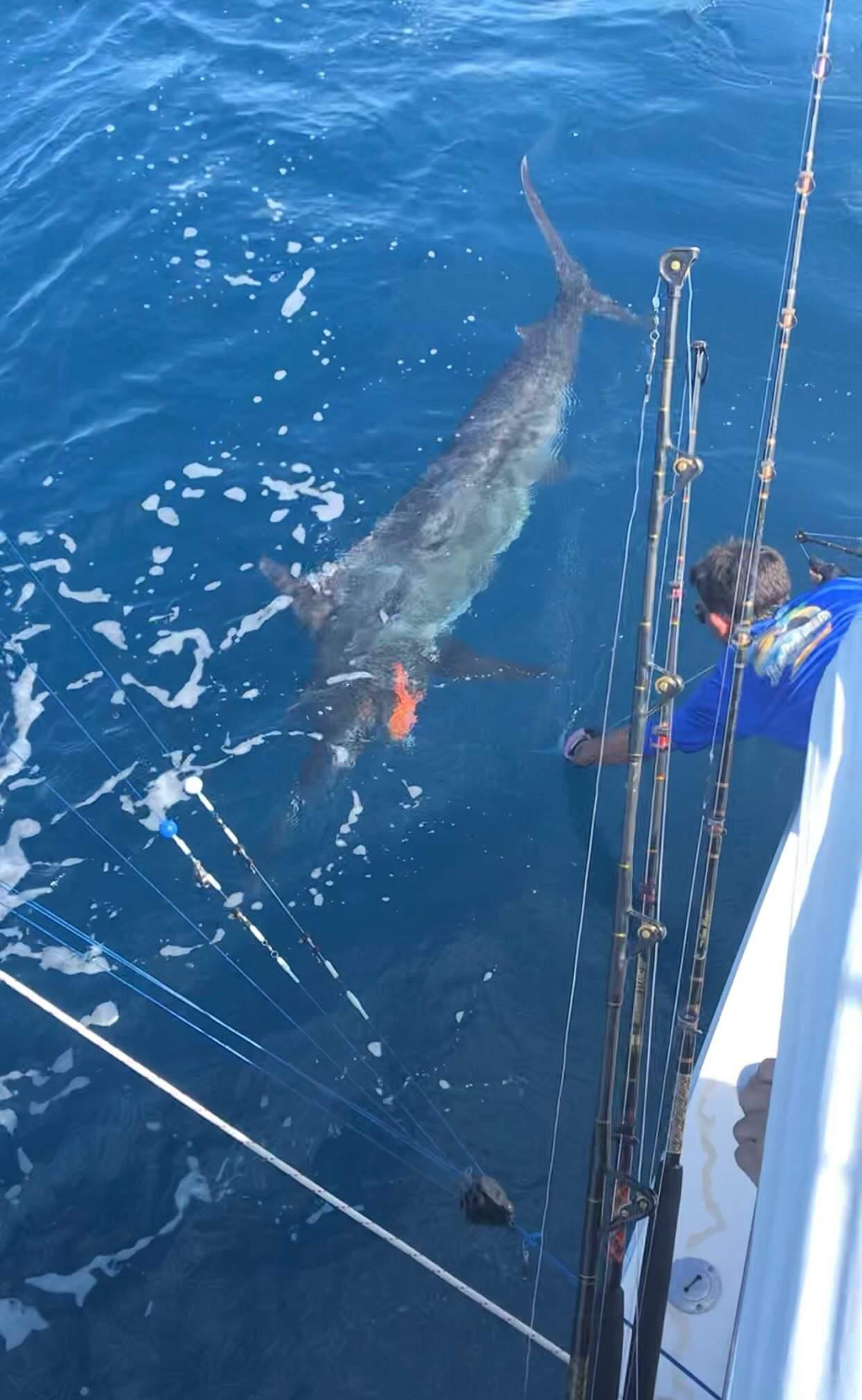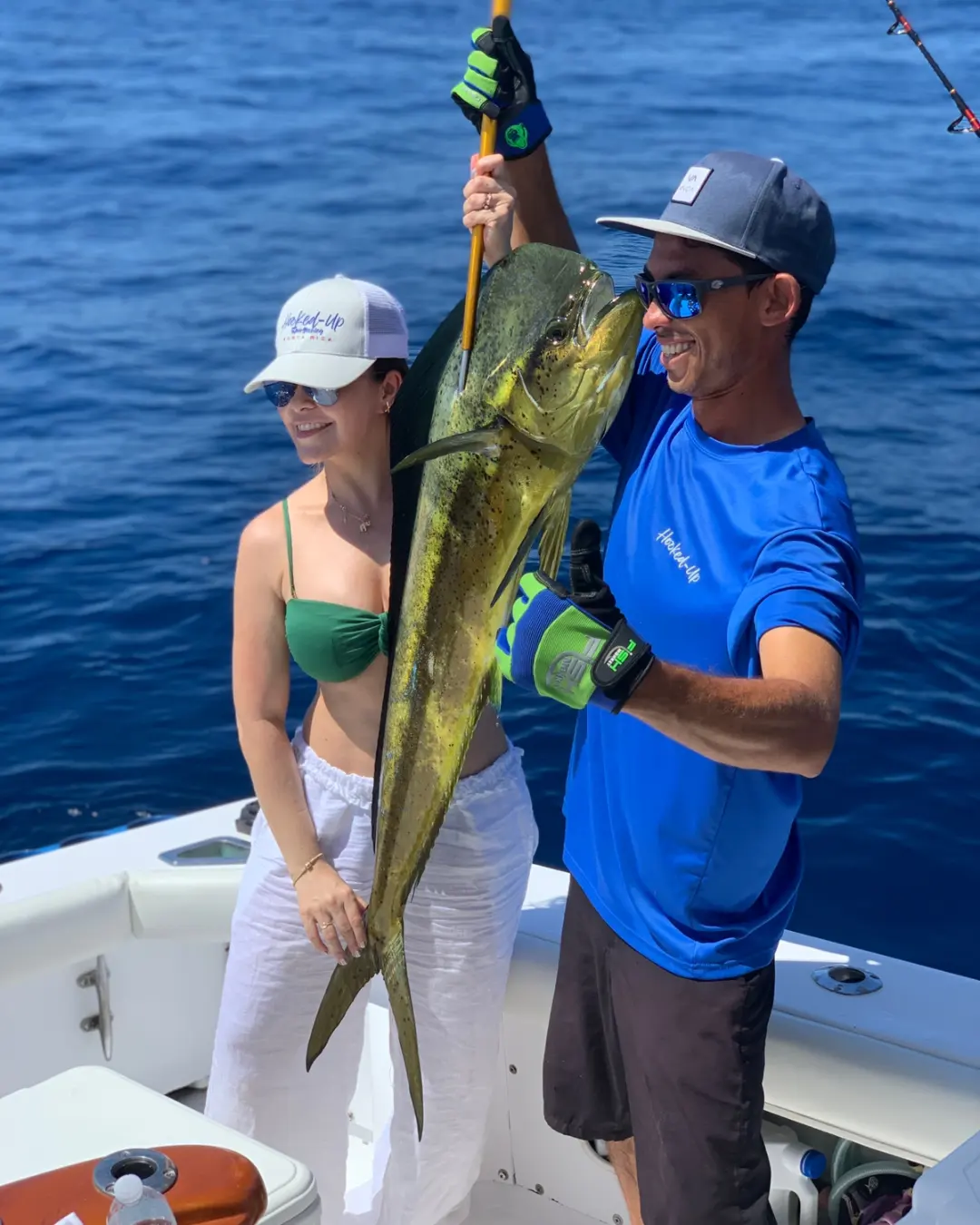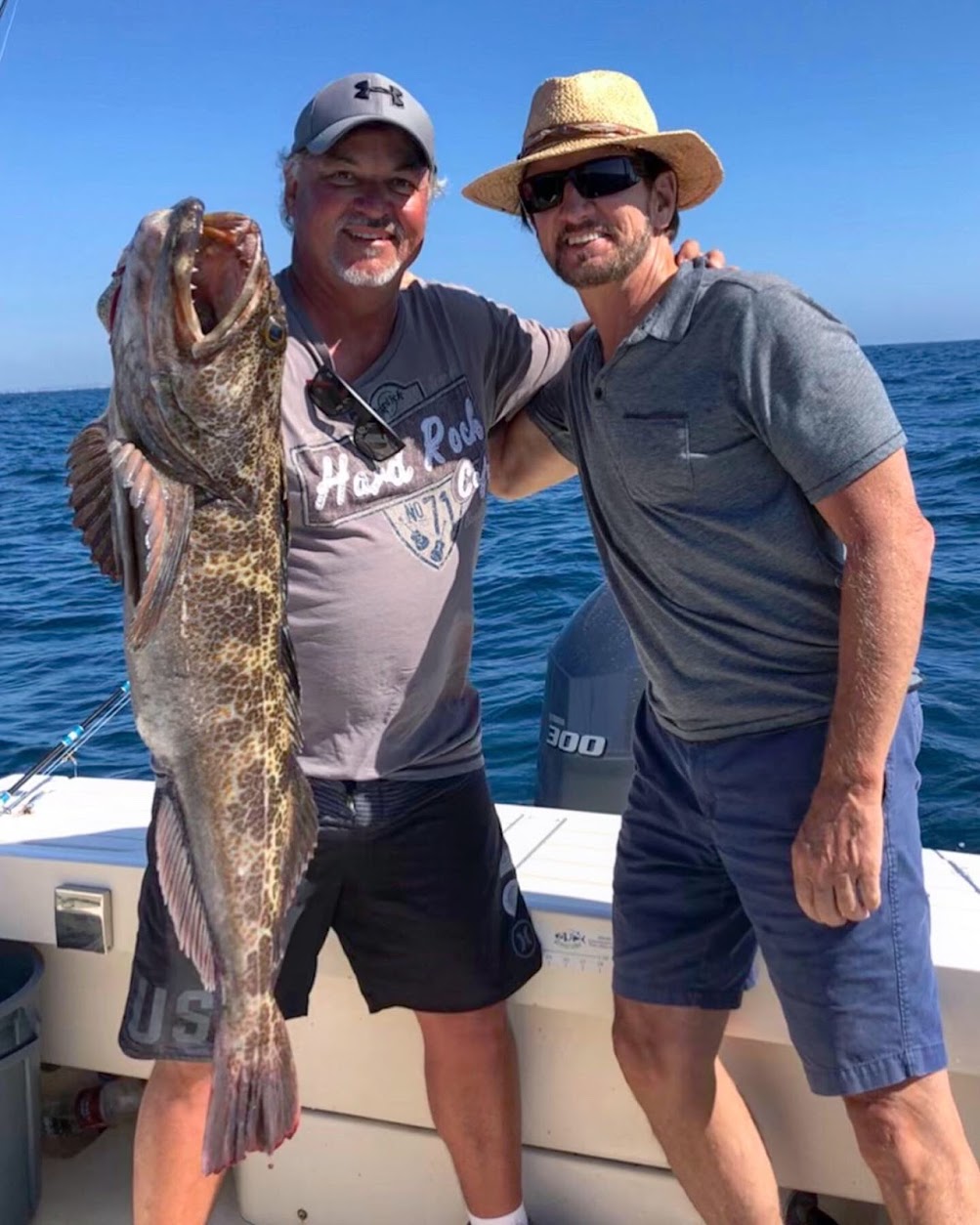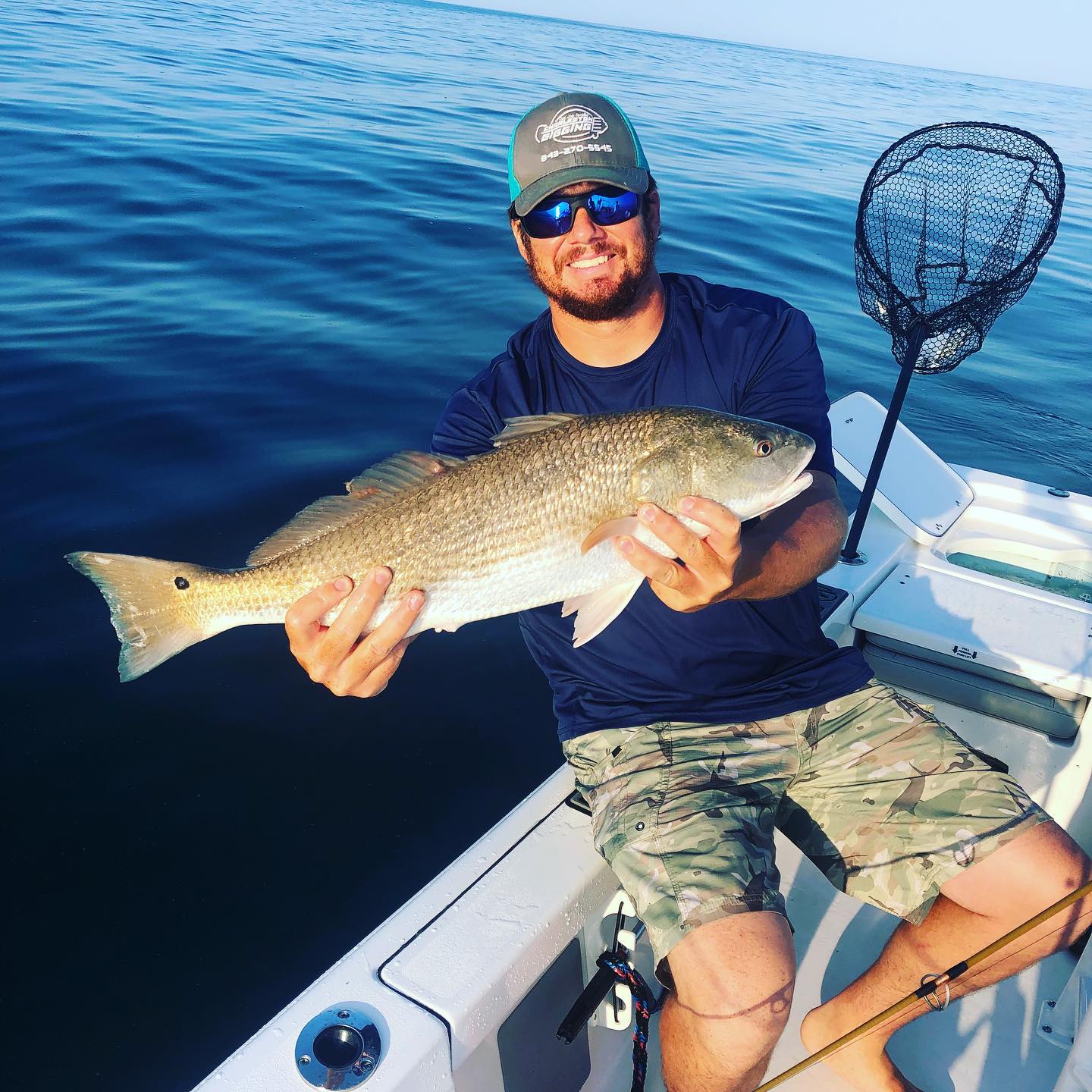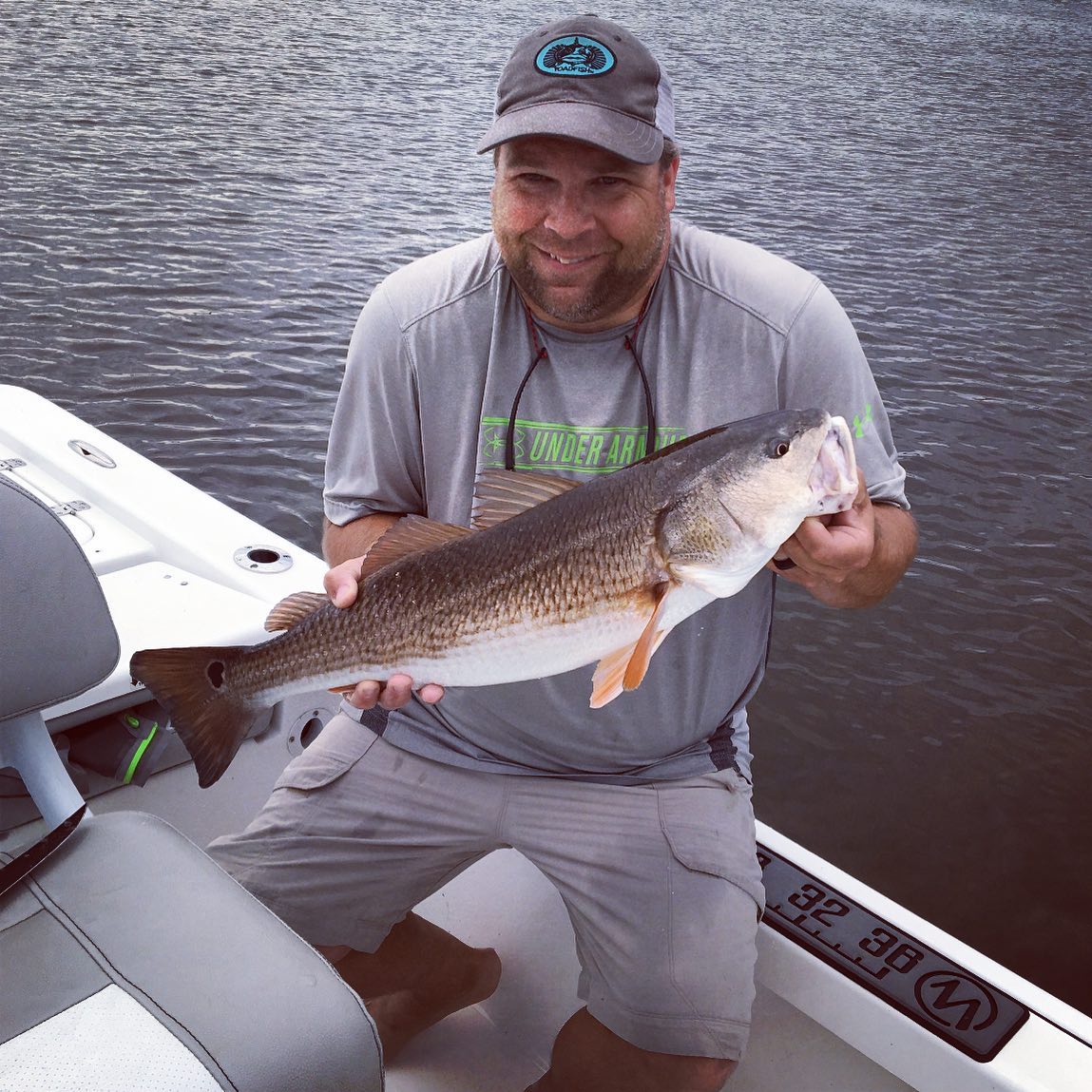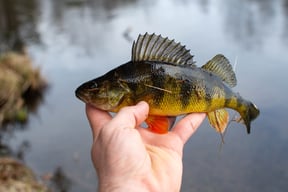Wade Fishing Trip
Deep Sea Fishing in Playa Herradura
Full Day Offshore
Epic Offshore San Diego
Offshore San Diego
Inshore, Nearshore Fishing in San Diego
Epic Coastal Or Inshore Fishing
Inshore, Nearshore Fishing in San Diego
Inshore Or Coastal San Diego
Deep Sea, Nearshore Fishing in Pompano Beach
Trolling Quick Trip Pompano Beach
Inshore Fishing in Mount Pleasant
Gigging Trip
Inshore Fishing in Mount Pleasant
Inshore Fishing Trip
Deep Sea Fishing in Puerto Vallarta
Deep Sea Fishing
We started Captain Experiences to make it easy to book fishing and hunting guides around the world. With over 2,000 Damn Good Guides, our platform makes finding and booking a trip seamless. Head here to check out our trips.
How to Clean a Fish
Many game fish have a similar body shape and bone structure, which has led the fish cleaning process to become fairly standard. While some fish may have a few quirks or differences, the steps are largely the same for everything from black crappie to red snapper. Here’s how to clean your catch from cooler to filets with a few variations for different preparations.

If you’re new to cleaning fish, having the right knife for the job will make the process easier and result in a more appealing final product. Pick a knife that is an appropriate size for the fish you’re cleaning. For panfish, a short, thin blade is totally fine, but a longer and more durable edge is much better suited for larger fish like redfish or amberjack. Keep in mind that thinner blades are more maneuverable, making them better for working around bones, while thicker blades will be better at cutting through bones.
Gutting the Fish
Gutting a fish is fairly simple and only requires a single cut. Slide the tip of your knife into the vent of the fish and slice forward until you reach the gills. Next, you just have to pull out the guts and rinse the abdominal cavity. Now you’re ready for the next step.
First Cut
Lay the fish flat on your cutting board and use your offhand to securely hold the tail down flat and minimize body movement. Place your knife vertically across the base of the tail, angle the knife at a shallow angle, and slice through the skin and meat. When you feel the knife hit the backbone, turn the knife parallel to the table, and continue to slice forward toward the head of the fish.
Bone-In or Boneless Filets
As you cut, stay as close to the backbone as possible, keeping the knife barely skimming over the bones. Staying close to the spine will minimize the amount of meat that is left on the carcass and inevitably wasted. Somewhere about midway down the fish, you will run into the ribs. At this point, you can choose to continue flat along the backbone, cutting through the ribs, if you want bone in filets, or work around them for a boneless filet.
Bone-In Filets
To finish cutting out a filet with the rib bones still in, gently make short slices to cut through the ribs while staying flat along the backbone. Continue cutting toward the head until you reach the area just behind the gill plate, then remove the knife. Now, take your knife and cut just behind the gill plate straight down until you reach the long cut you’ve already made. The filet should now be able to be pulled off the fish fairly easily, and you can repeat this process on the other side.
As a side note, you can still remove the ribs from the filet by carefully cutting around them and pulling them off all at once.
Boneless Filets
Instead of cutting through the ribs, use the tip of the knife to continue cutting along the backbone from the top of the fish down toward the top of the ribcage. Slide the knife toward the head until you reach the gill plate. Now, make a cut behind the gill plate connecting your cuts. At this point, the filet is only being held on by the rib cage, which can be removed by cutting flat along the radius of the ribs. The knife will eventually cut through below the ribs, and your boneless filet will come free. Now you can flip the fish over, and repeat the process on the other side.
Removing The Skin
To remove the skin, lay the filet skin side down on the cutting board. Make a cut along the back of the skin, starting at the narrow tail section. Next, place your finger between the meat and the skin, pressing firmly down on the skin. Continue to push the knife along the skin, cutting until you cut free on the other side. You now have a finished filet that is ready for any preparation or can be sealed and frozen for later use.
Skin On
For some fish, cooking the meat with the skin on is preferred, and scaling the fish is fairly easy. To remove the scales from a fish, simply place the meat scales up on the table, and use the back of your knife at a perpendicular angle pushed against the direction of the scales. This should remove them quickly.
Simplest Fish Preparation Method
Sometimes clean boneless filets are preferred, but in other instances, saving the time and effort is worth it. This method leaves the fish mostly whole, making it great for cooking in the oven or fryer. To start, remove the guts and head of the fish and discard them. Then scale the fish, leaving the fins and everything else intact. This should leave you with a fish carcass that is scaleless and ready to eat if you’re okay with picking bones, which usually can be easily pulled out.
Joey Butrus
Updated on August 2, 2023
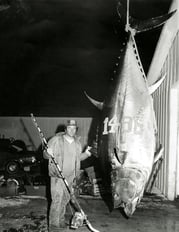
June 3, 2021

May 13, 2024

January 7, 2022

March 8, 2022

October 26, 2020
Related Articles
November 25, 2022
November 10, 2022
November 12, 2024
Featured Locations
- Fishing Charters Near Me
- Austin Fishing Guides
- Biloxi Fishing Charters
- Bradenton Fishing Charters
- Cabo San Lucas Fishing Charters
- Cancun Fishing Charters
- Cape Coral Fishing Charters
- Charleston Fishing Charters
- Clearwater Fishing Charters
- Corpus Christi Fishing Charters
- Crystal River Fishing Charters
- Dauphin Island Fishing Charters
- Daytona Beach Fishing Charters
- Destin Fishing Charters
- Fort Lauderdale Fishing Charters
- Fort Myers Fishing Charters
- Fort Walton Beach Fishing Charters
- Galveston Fishing Charters
- Gulf Shores Fishing Charters
- Hatteras Fishing Charters
- Hilton Head Fishing Charters
- Islamorada Fishing Charters
- Jacksonville Fishing Charters
- Jupiter Fishing Charters
- Key Largo Fishing Charters
- Key West Fishing Charters
- Kona Fishing Charters
- Lakeside Marblehead Fishing Charters
- Marathon Fishing Charters
- Marco Island Fishing Charters
- Miami Fishing Charters
- Montauk Fishing Charters
- Morehead City Fishing Charters
- Naples Fishing Charters
- New Orleans Fishing Charters
- New Smyrna Beach Fishing Charters
- Ocean City Fishing Charters
- Orange Beach Fishing Charters
- Panama City Beach Fishing Charters
- Pensacola Fishing Charters
- Pompano Beach Fishing Charters
- Port Aransas Fishing Charters
- Port Orange Fishing Charters
- Rockport Fishing Charters
- San Diego Fishing Charters
- San Juan Fishing Charters
- Sarasota Fishing Charters
- South Padre Island Fishing Charters
- St. Augustine Fishing Charters
- St. Petersburg Fishing Charters
- Tampa Fishing Charters
- Tarpon Springs Fishing Charters
- Venice Fishing Charters
- Virginia Beach Fishing Charters
- West Palm Beach Fishing Charters
- Wilmington Fishing Charters
- Wrightsville Beach Fishing Charters
